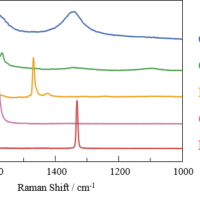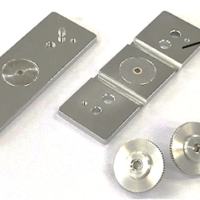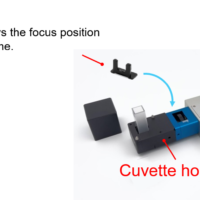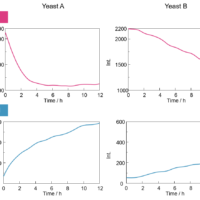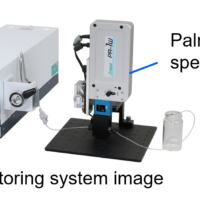Introduction
Diamond-Like Carbon (DLC) is an amorphous carbon material that has an intermediate molecular structure between diamond and graphite. DLC coatings are used to improve abrasion resistance, chemical resistance etc., it is used as a coating for cutting tools, automotive components, medical equipment, optical components and many other products. In recent years, DLC coatings have also been used to improve the gas barrier properties in plastic bottles.
This article reports the analysis of DLC coated plastic bottles using Raman spectroscopy.
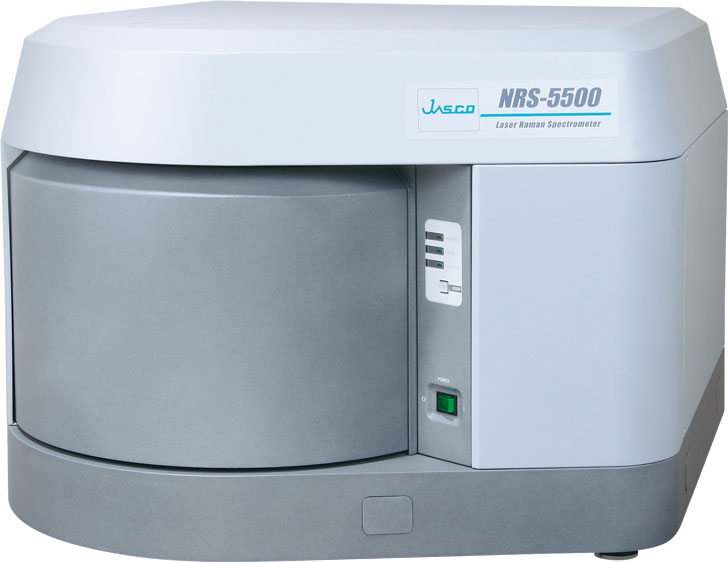
NRS-5500 Raman spectrometer
Experimental
The samples measured were two types of plastic bottle with a visual appearance of different colors as shown in Figure 1. From this point forward, the samples from the colorless and clear plastic bottles shown in Figure 1 are referred to as “Colored” (left) and Uncolored (right), respectively.
Measurements were made of both the outside and inside surfaces of each plastic bottle (upper and lower surfaces as shown in Figure 1) and the Raman spectra were compared.
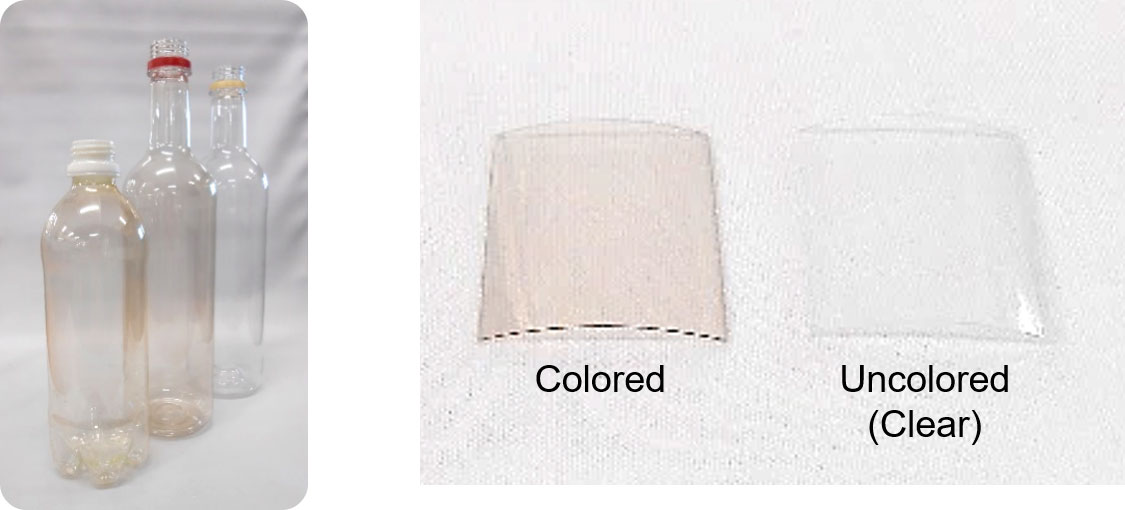
Fig. 1 Measurement sample
Results
Figure 2 show the results of measurement of both the outside and inside of the uncolored and colored bottle samples.
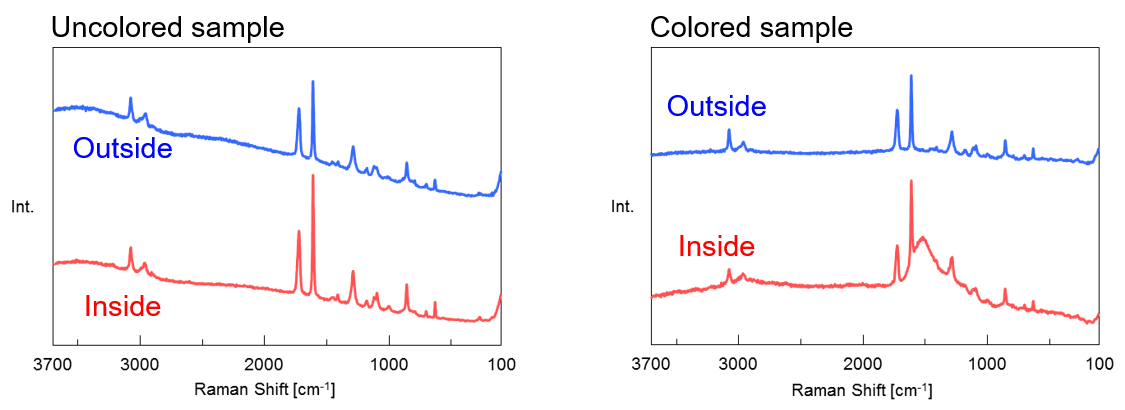
Figure 3. Measurement of Uncolored (Left) and Colored (Right) samples
In the case of the uncolored sample, similar polyethylene terephthalate (PET) spectra were obtained from both outside and inside measurements. For the colored sample, different spectra were obtained between the outside and inside measurements.
The difference spectrum from the colored sample is shown in Figure 3.
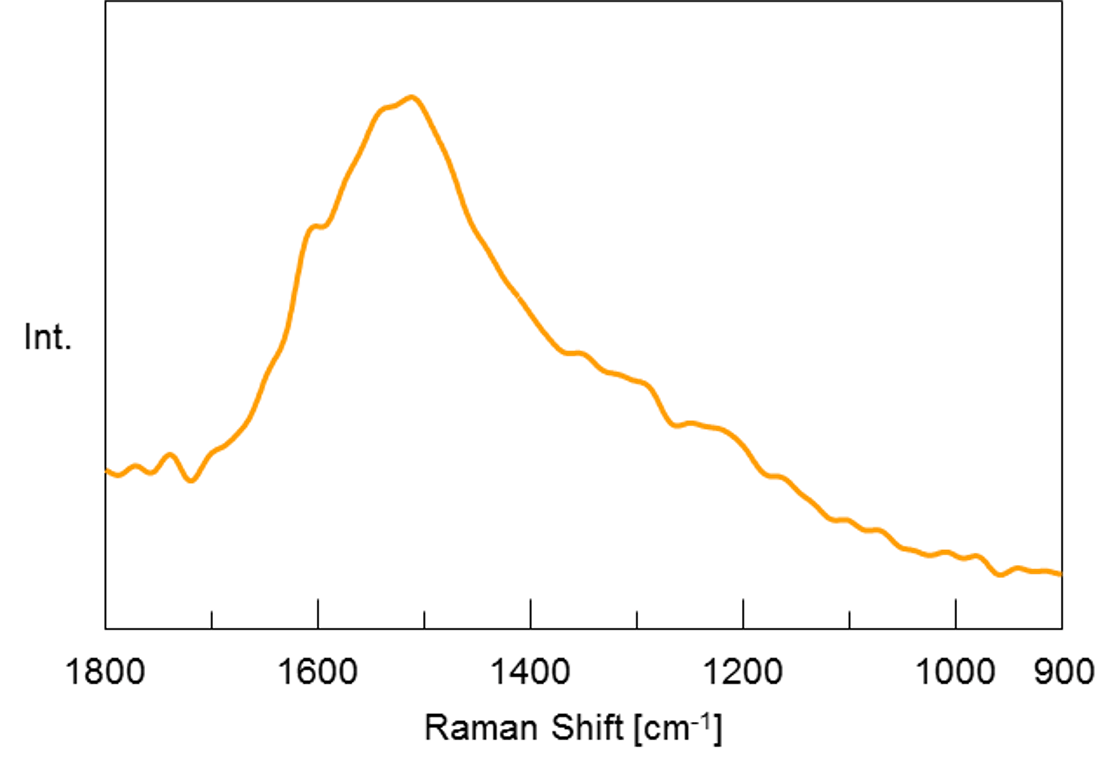
Figure 3. Difference spectrum of colored sample (Inside – Outside)
A database search identified the difference spectrum as DLC. Only PET was identified on the outside of the colored sample, but on the inside surface DLC was found in addition to PET, this confirmed that the inside of the plastic bottle was coated with DLC.
In addition to identification, the quality of the DLC coating can also be evaluated from its spectrum; the D band (sp3 bonds in the material lattice) and G bands (sp2 bonds in the material lattice) can be deconvolved using curve fitting as shown in Figure 4, from this it is possible to evaluate characteristics such as abrasion resistance from the peak positions, half widths, peak ratio etc.
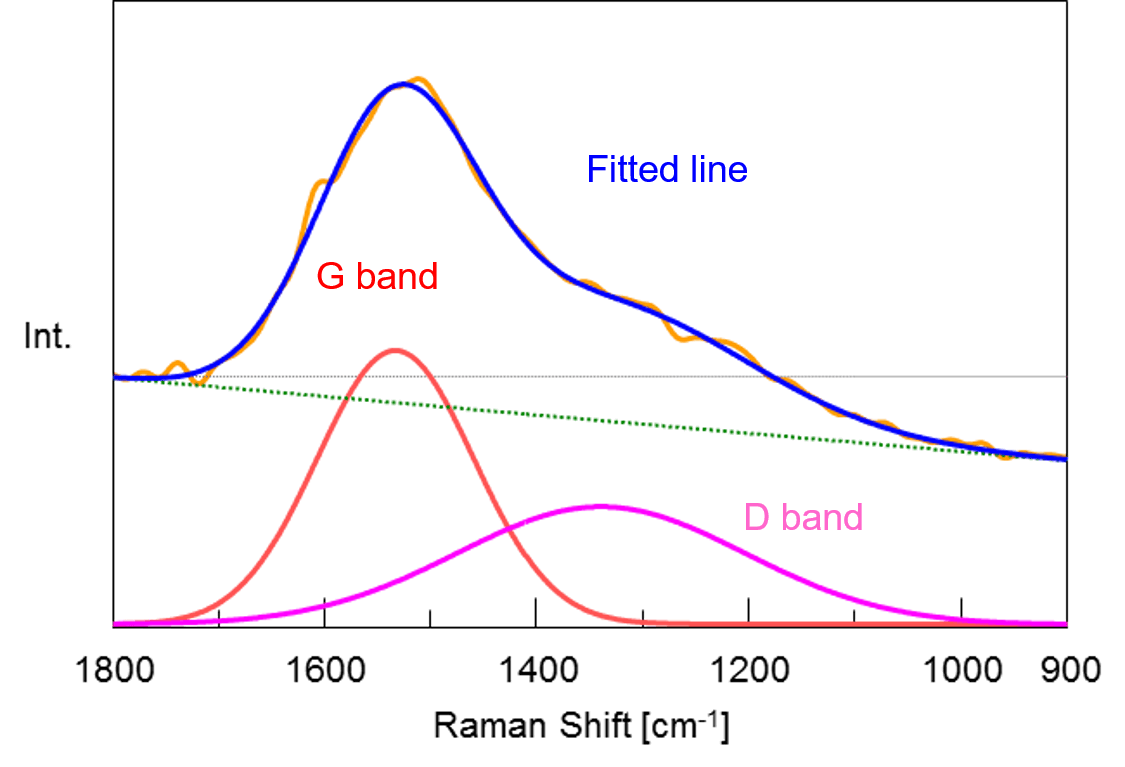
Figure 4. D and G bands deconvolution
Conclusion
In this article, we introduced an example of measurement of a DLC coated plastic bottle by Raman spectroscopy. In addition, It can be used to evaluate the characteristics of DLC used for various tools and magnetic disks with non-destructive and non-contact testing.

